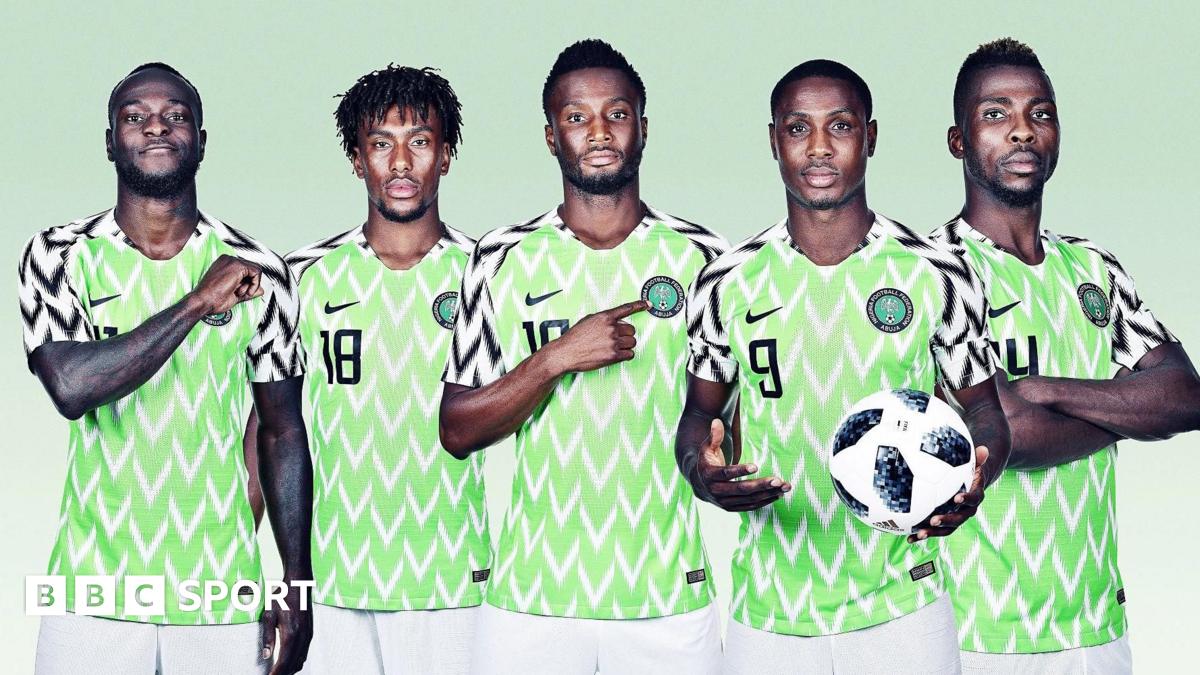Football shirts have undergone a remarkable transformation from simple, practical uniforms to highly coveted fashion statements.
Historically, football kits were designed primarily for functionality, often limited to a single color or basic patterns such as stripes or hoops.
For over a century, these kits were worn throughout entire seasons with little variation, emphasizing practicality over style.
This changed notably after a pivotal collaboration between Leeds United manager Don Revie and Admiral sportswear founder Bert Patrick, who introduced copyrighted, uniquely designed kits that clubs could profit from and fans could distinctly identify with.
Leeds' iconic yellow away shirt marked a turning point, inspiring other clubs and brands like Umbro to innovate and elevate football kit design.
The rise of color television played a significant role in popularizing these vibrant and distinctive kits, allowing fans to appreciate the designs in full color from their homes.
Success on the pitch also contributed to a kit's iconic status, as seen with England's 1990 World Cup jersey, which became a fan favorite despite the team’s semi-final loss.
This era also saw the emergence of retro football shirt collecting as a business, exemplified by Doug Bierton and Matthew Dale, who founded Classic Football Shirts.
Their venture began with a passion for the 1990 World Cup kits, particularly the West Germany shirt, and grew into a multimillion-pound enterprise housing millions of shirts.
The advent of the Premier League in 1992 further revolutionized football shirts by introducing player names and squad numbers on jerseys, enhancing fan engagement by allowing supporters to wear their favorite player’s shirt.
The 2018 Nigeria World Cup shirt exemplified the shift of football shirts into the realm of fashion, with demand far exceeding supply and sparking a surge in counterfeit products.
Reputable sellers now actively combat fakes to protect consumers and the retro shirt market.
The growth of women’s football has also influenced the market, with bespoke women’s kits becoming increasingly popular.
The success of teams like Sarina Wiegman’s England Lionesses has driven demand for women’s replica shirts, including retro designs previously unavailable.
Collectors and fans alike value these shirts not only as memorabilia but as symbols of support and identity, as highlighted by the scarcity of Mary Earps’ 2023 World Cup shirt.
Today, football shirts have transcended sport to become cultural and fashion icons, inspiring major fashion brands and attracting collectors who amass thousands of jerseys worth millions.
The appeal of collecting is deeply personal, rooted in nostalgia and individual taste.
Whether displayed, stored, or worn, these shirts hold enduring value.
Experts predict the retro football shirt industry will continue to grow as new kits become tomorrow’s classics, underscoring the importance of preserving these pieces of football heritage.

